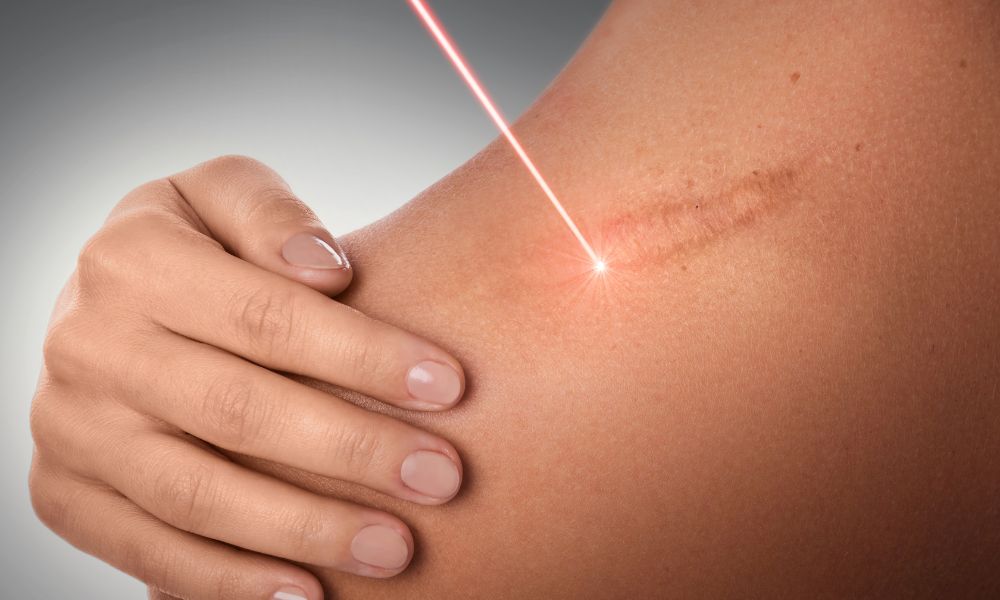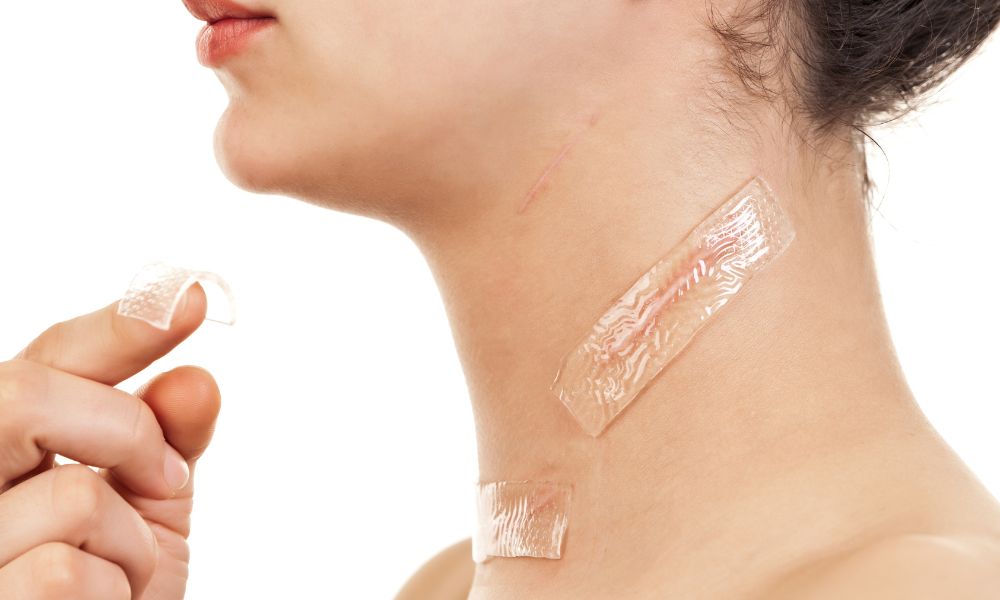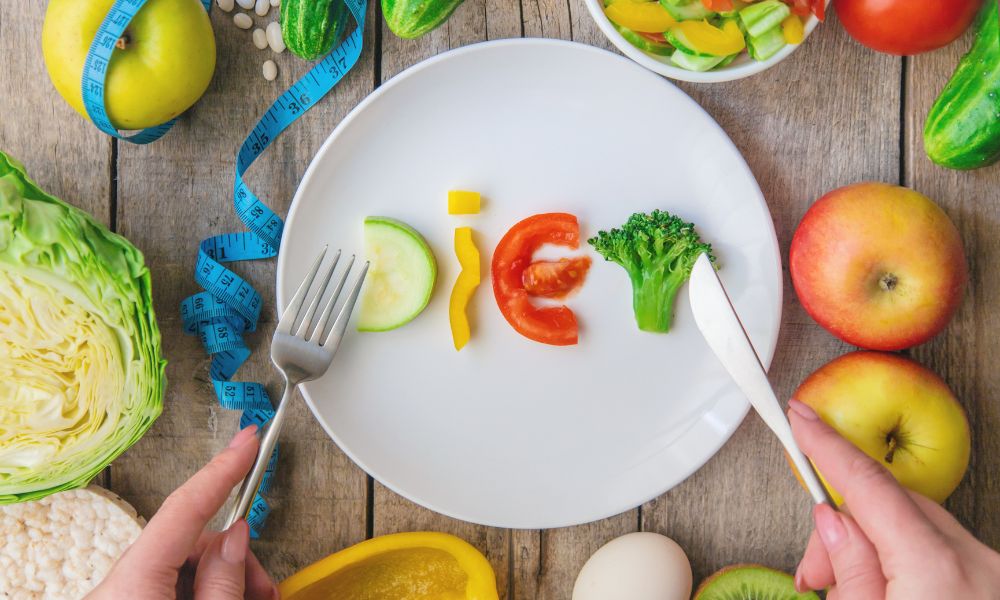Did you know your body forms internal scar tissue as a normal part of the healing process? While most scars are simply a sign of the body repairing itself, internal scar tissue can cause discomfort and sometimes serious complications. Internal scar tissue, or adhesions, develops when the body heals from surgery, injury, or inflammation. This fibrous material connects tissues that are normally separate and can bind them tightly together, which might disrupt normal functioning.
While some internal scar tissue may not cause any noticeable symptoms, significant formations can lead to chronic pain, restricted mobility, and even dysfunction of internal organs depending on their location. For instance, adhesions in the abdomen can cause intestinal blockages, while those around joints may limit natural movement, affecting overall well-being.
So, how to naturally dissolve internal scar tissue?

Identifying Internal Scar Tissue
Often, internal scar tissue remains unnoticed until it starts causing problems. Common signs include unexplained pain, especially in the abdomen or pelvic area, changes in bowel habits, or discomfort during physical activities that stretch the affected areas.
Identifying scar tissue typically involves imaging techniques such as ultrasound, MRI, or CT scans, which can help visualize the extent and location of the adhesions.
Types of Internal Scar Tissue
- Adhesions: Most commonly found in the abdomen or pelvic area, these are bands of scar tissue that can cause organs and tissues to stick together.
- Fibrosis: This type refers to thickening and scarring of connective fibrous tissue, often affecting organs like the lungs, liver, and heart.
- Hypertrophic Scars: These are raised scars that do not extend beyond the boundary of the original wound but can be thick and noticeable.
- Keloid scars: Extending beyond the original injury, these scars are raised, dark, and can continue to grow, sometimes becoming quite large and uncomfortable.
The Science Behind Scar Tissue Formation
Scar tissue forms through a complex healing process that begins immediately after an injury. It starts with the inflammation phase, where the body increases blood flow to the injury, causing redness and swelling. This is followed by the proliferative phase, where new tissue and collagen fibers are rapidly produced to close the wound. Finally, during the remodeling phase, the scar tissue matures and strengthens, although it often doesn’t regain the full functionality of the original tissue.
Several factors influence how scars form. Genetics can play a significant role, as some people are more prone to severe scarring. Age is another factor; older skin tends to be less elastic and more susceptible to prominent scarring. Additionally, lifestyle choices such as nutrition, smoking, and sun exposure can all impact the healing process and the resulting appearance of scars. Understanding these elements can help in managing and treating scar tissue more effectively.
Natural Methods to Dissolve Internal Scar Tissue
Exploring natural methods to manage and potentially remove scar tissue is vital for those seeking less invasive alternatives to improve tissue health and overall well-being. These methods involve targeted dietary choices, physical therapies, and herbal remedies, each contributing uniquely to the body’s healing processes and relieving scar tissue pain.
Diet and Nutrition
Incorporating anti-inflammatory foods such as omega-3 fatty acids, turmeric, and ginger can significantly impact the scar tissue treatment by modulating the body’s inflammatory response and easing associated pain. Vitamins and minerals, particularly vitamin C and zinc, are critical for wound healing and collagen production, essential for repairing and maintaining healthy tissue. Additionally, proper hydration plays a crucial role in healing by ensuring the transport of nutrients to the tissue and facilitating the removal of waste products, thereby preventing the hardening of scar tissue.
Physical Therapies
Physical therapies play a crucial role in managing and potentially reducing internal scar tissue. Massage therapy, for instance, is highly beneficial in breaking down the fibrous bands of scar tissue. By applying targeted pressure and movement, massage can enhance circulation, promote flexibility, and encourage the drainage of lymph fluids, which helps soften and eventually diminish scar tissue.
Regular physical exercise is another essential therapy. Activities that promote overall circulation can accelerate the healing process by improving blood flow to the scarred areas. Tailored exercises, especially those that stretch and strengthen the body without overstraining the affected tissues, can prevent the formation of excessive scar tissue and support the body’s natural healing abilities.
Yoga and Pilates offer specialized benefits by combining physical postures with breathing techniques, which aid in reducing stress and improving the body’s natural alignment. These practices help maintain the elasticity of the soft tissues, ensuring that scar tissue becomes less restrictive and promoting a better range of motion.
Herbal Remedies
Natural supplements such as Bromelain and Serrapeptase offer promising benefits in scar tissue removal. These enzymes are known for their anti-inflammatory properties and their ability to break down fibrous proteins in the scar tissue, aiding in its dissolution. Moreover, topical applications of herbal treatments like Aloe Vera and Calendula may support the skin’s health and resilience, contributing to the overall management of scar tissue, although their direct impact on internal scars might be limited.
Alternative Therapies
Acupuncture is another effective alternative therapy for managing internal scar tissue. By stimulating specific points on the body, acupuncture enhances blood flow and can potentially disrupt the fibrous tissue causing pain. This mechanism of action helps in promoting the healing process and proper blood flow, essential components in reducing scar tissue formation.
Homeopathy offers additional support with remedies such as Thiosinaminum, which is believed to soften fibrous tissue and improve the appearance of scars. These remedies provide a non-invasive approach to managing scar tissue pain and promoting wound healing.
Lifestyle Modifications
Managing stress through mindfulness and meditation can profoundly affect the body’s overall ability to heal and manage scar tissue. By reducing chronic inflammation, these practices help mitigate the conditions under which scar tissue forms. Similarly, ensuring adequate sleep and recovery plays a critical role in the wound healing process. Both deep rest and quality sleep are essential for maintaining healthy tissue, as they allow the body to repair itself more efficiently, managing both new and old scars.
Modern Integrative Approaches
Combining conventional medical treatments with natural methods can lead to more comprehensive management of internal scar tissue. For instance, integrating physical therapy with scar tissue removal techniques like laser therapy can enhance the healing process.
Working closely with healthcare providers allows for a tailored approach that respects both medical advice and personal preferences for natural remedies. This collaboration ensures that treatments like surgical procedure, physical therapists’ interventions, and natural remedies like apple cider vinegar or essential oils are used optimally to reduce the appearance of scars and improve overall scar management.

Preventing Internal Scar Tissue Formation
Preventing internal scar tissue effectively begins with adhering to best practices post-injury or surgery. It’s important to follow medical advice meticulously, such as resting adequately, engaging in recommended physical therapy, and managing wound care to ensure optimal healing. Immediate care is equally important; keeping the wound clean, minimizing movement that strains the affected area, and applying cold packs to reduce inflammation can all help minimize scar formation.
In addition, maintaining a healthy lifestyle is vital. A balanced diet rich in vitamins and minerals supports tissue repair, while avoiding smoking and excessive alcohol consumption can significantly improve healing outcomes by enhancing blood flow and reducing the risk of complications that may lead to excessive scar tissue. These proactive steps can greatly aid in the healing process, ensuring that the body recovers with minimal internal scarring.
Embracing Healing: The Path to Minimizing Internal Scar Tissue
Managing and potentially dissolving internal scar tissue is a multifaceted approach that combines diet, physical therapies, herbal remedies, and lifestyle modifications. By understanding the underlying processes of scar formation and integrating both natural and modern integrative methods, individuals can significantly improve their healing outcomes.
Each step taken towards reducing inflammation and enhancing the body’s natural healing processes can lead to better health and a more comfortable life. So, start today—embrace these practices, consult with healthcare professionals, and take control of your healing journey.




